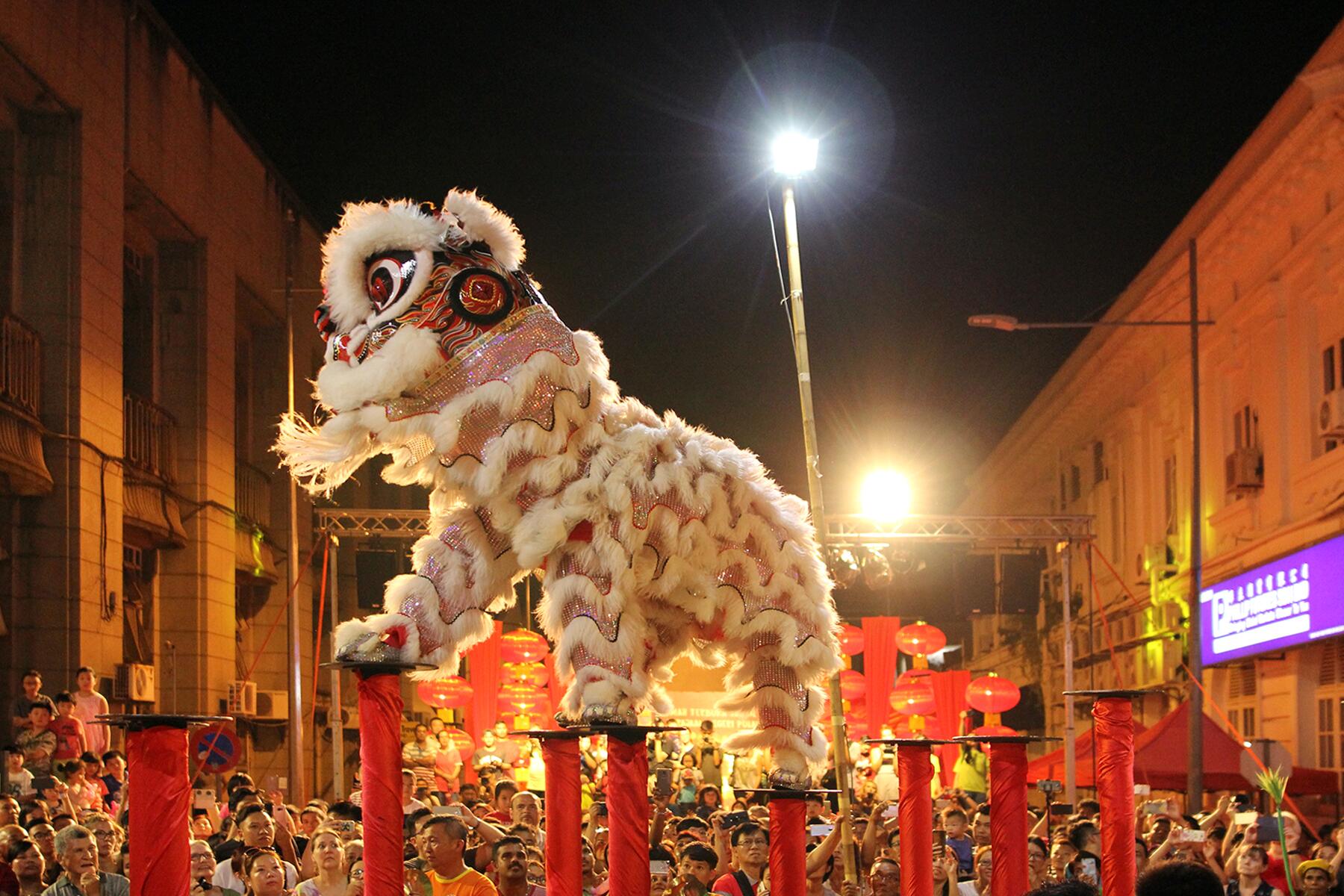Usher in the Year of the Tiger with these traditions hailing from Vietnam to Malaysia.
Chinese New Year is possibly considered the most significant and important festival on the Lunar Calendar. This year, the Year of the Tiger, officially begins on February 1 and so marks many traditions and cultural activities Asian families must adhere to in the lead-up to the big day. Lucky foods must be cooked and eaten, a visit to the temple to honor those no longer with us is mandatory, and cleaning the house is imperative to remove any evil spirits and bad energy for a fresh start to a new year.
With millions of Chinese migrants around the world, the Lunar New Year is not restricted to just the walls of China but has expanded all across Asia. Each country, region, and even sub-regional communities have their own traditions, showing the diversity of the Asian diaspora. My childhood involved a visit to the temple with my aunty and uncle, as well as going shopping with my mom for new clothes, but my friends in Vietnam, Singapore, and Malaysia have other family traditions I didn’t even know existed, which I love hearing about. Here are a few of my favorite Lunar New Year traditions that you too can incorporate into your new year celebrations.
新年快樂! Happy New Year!





